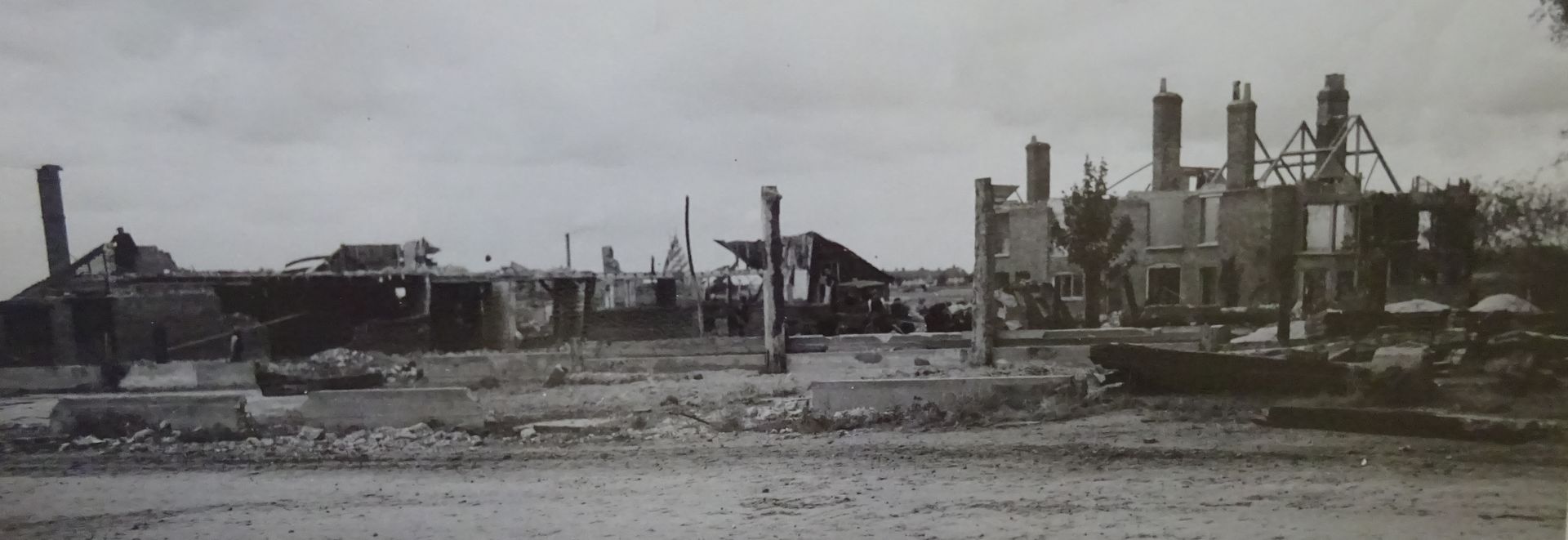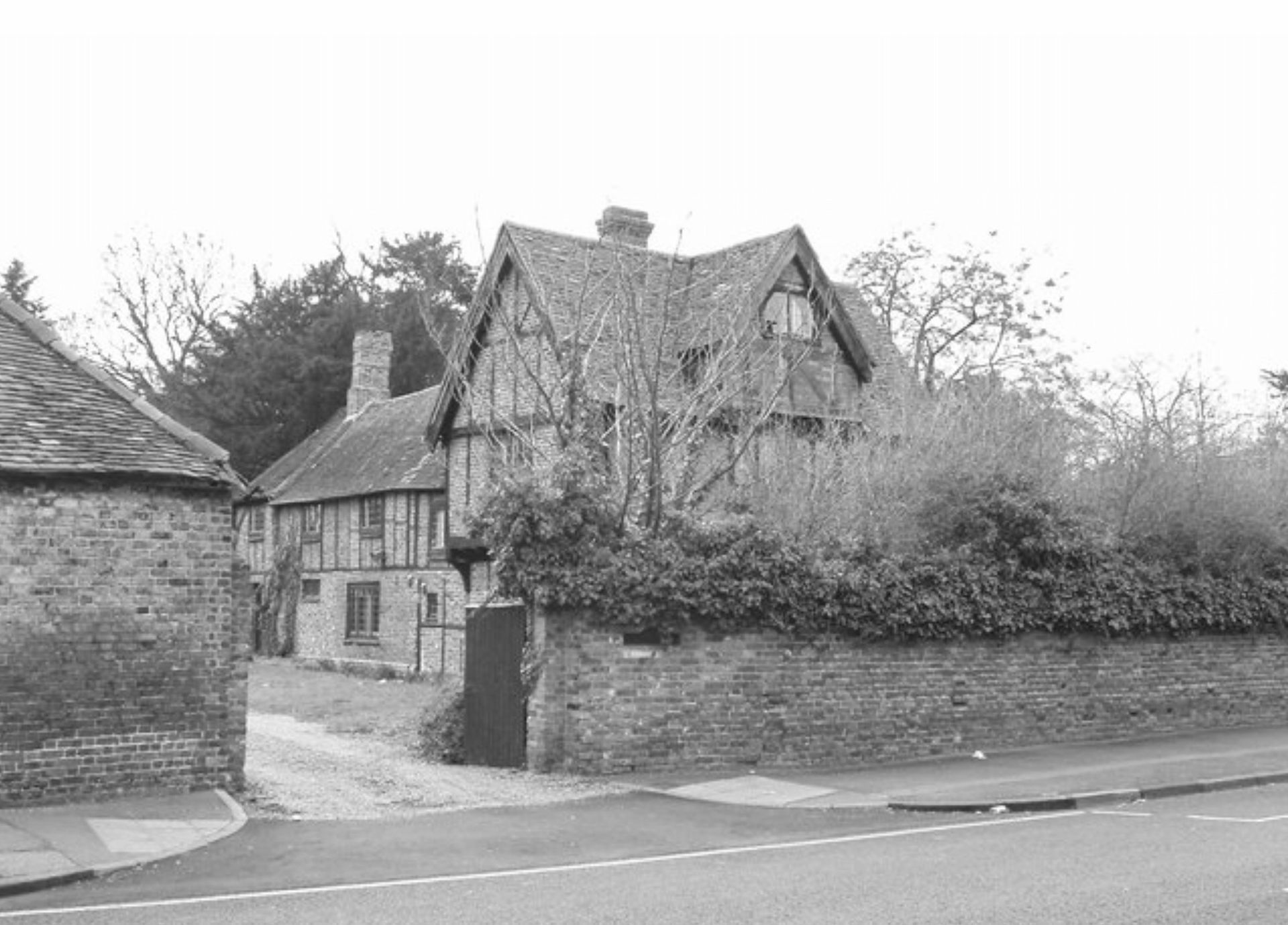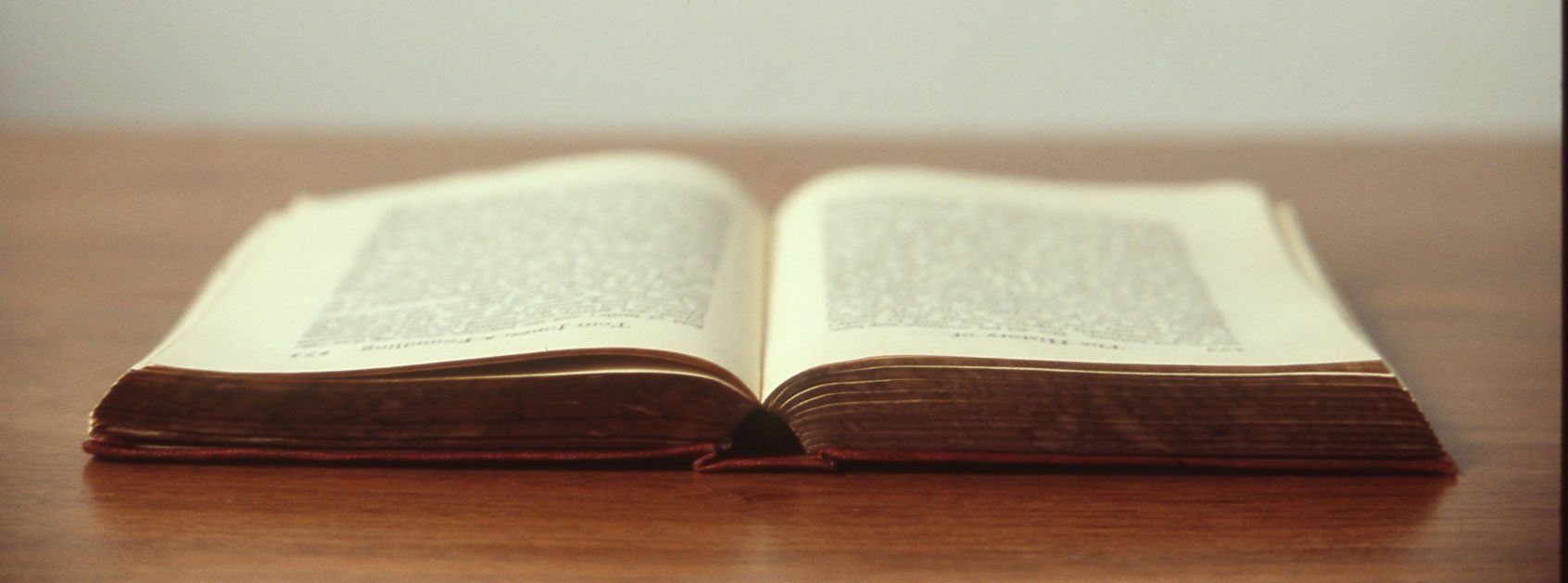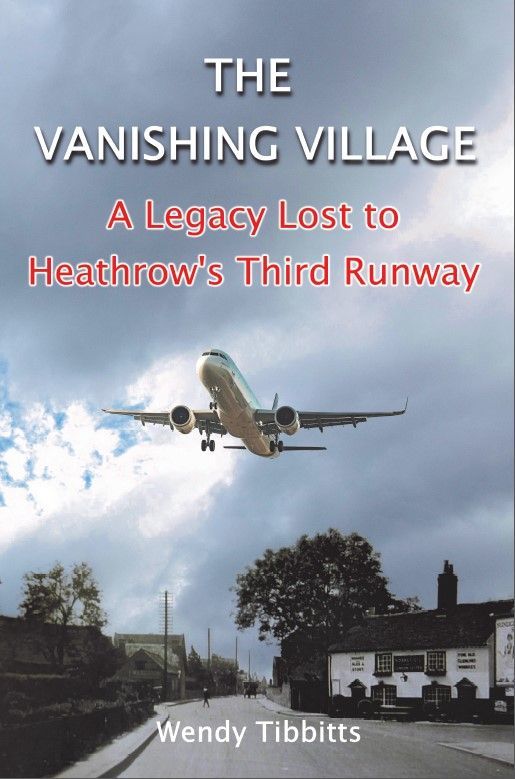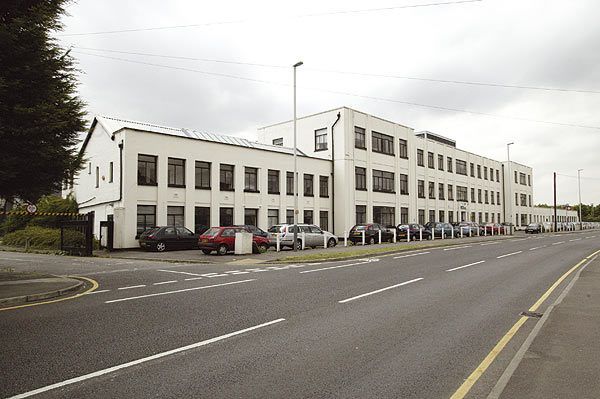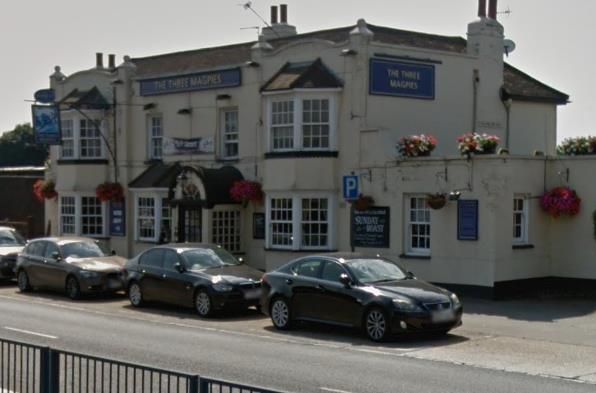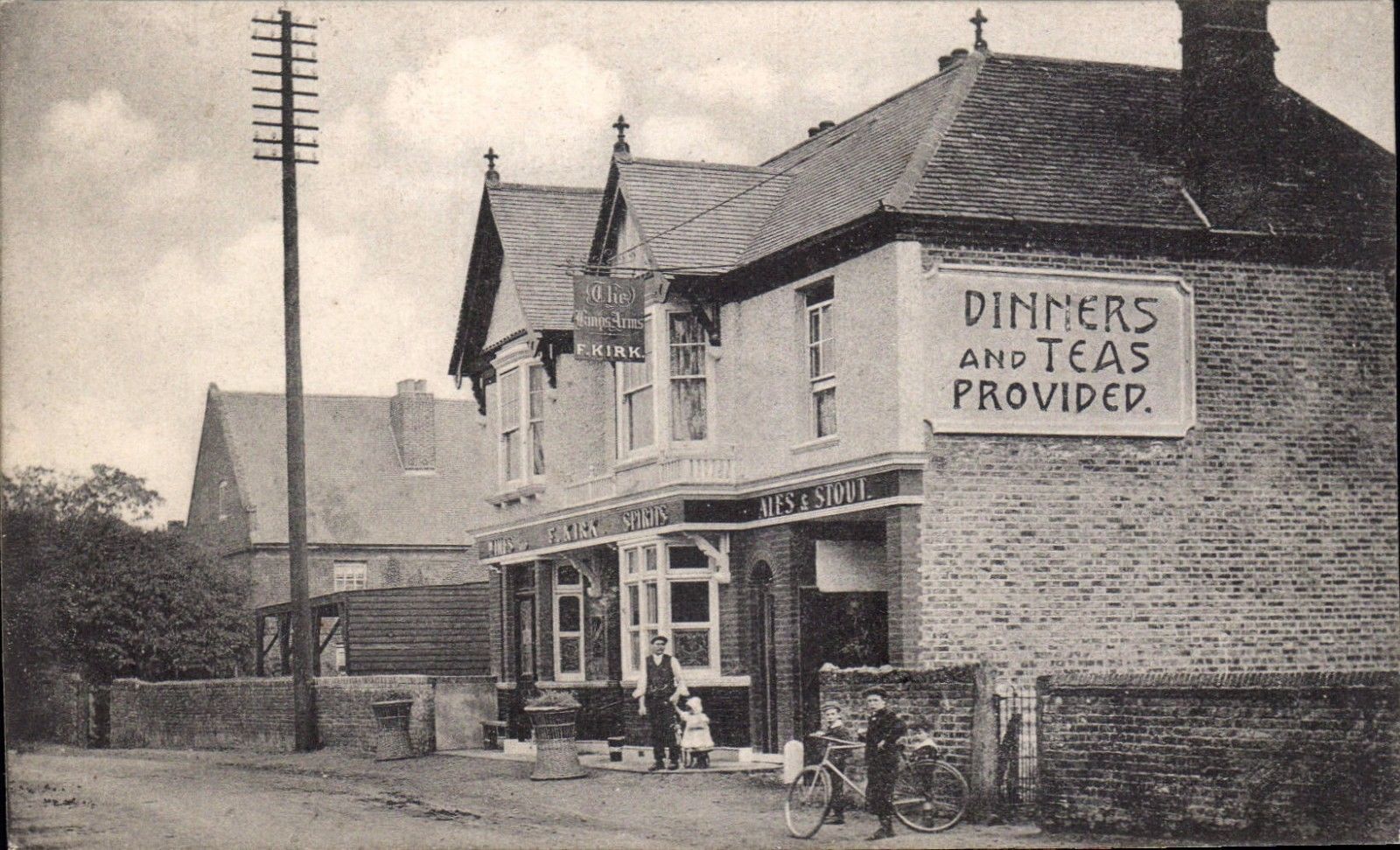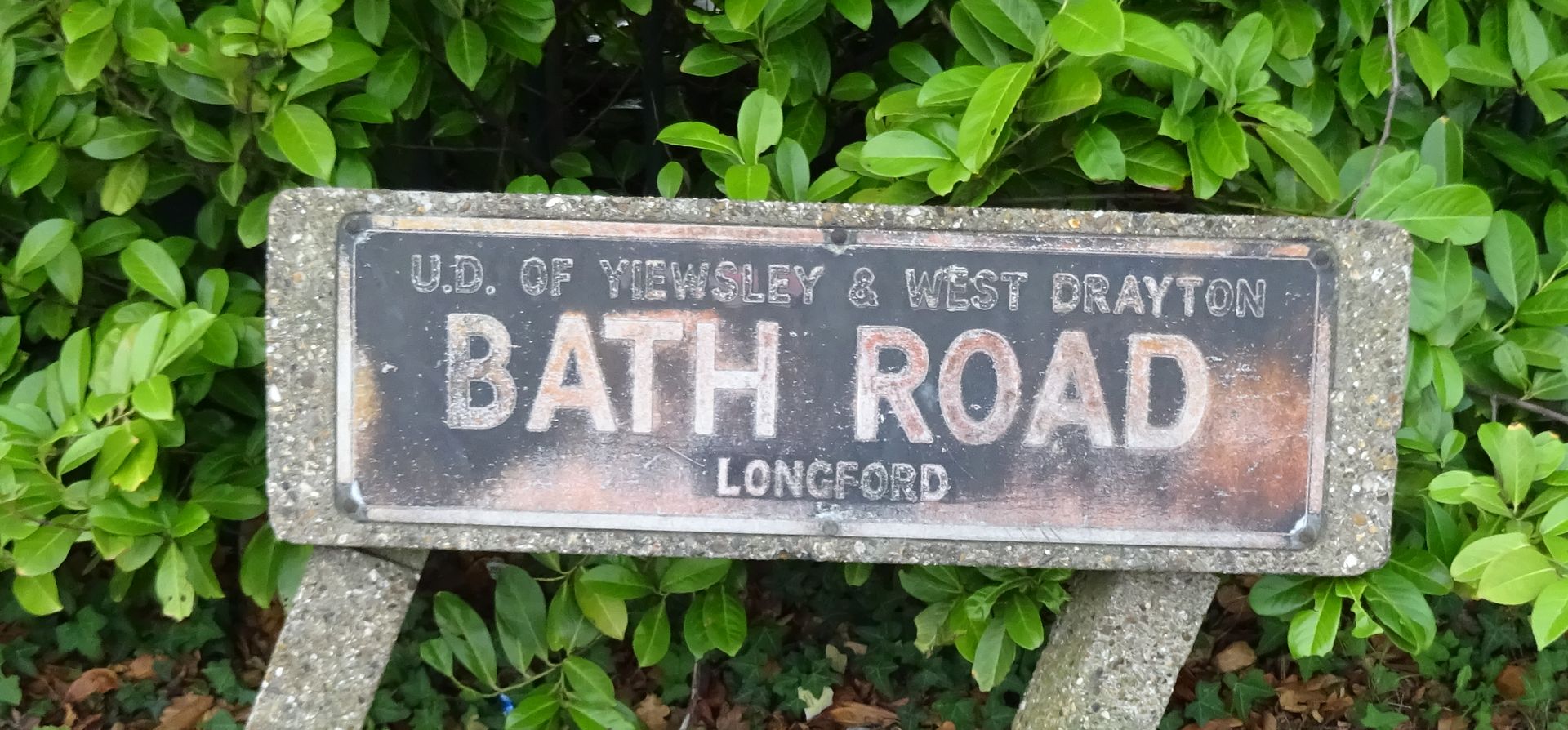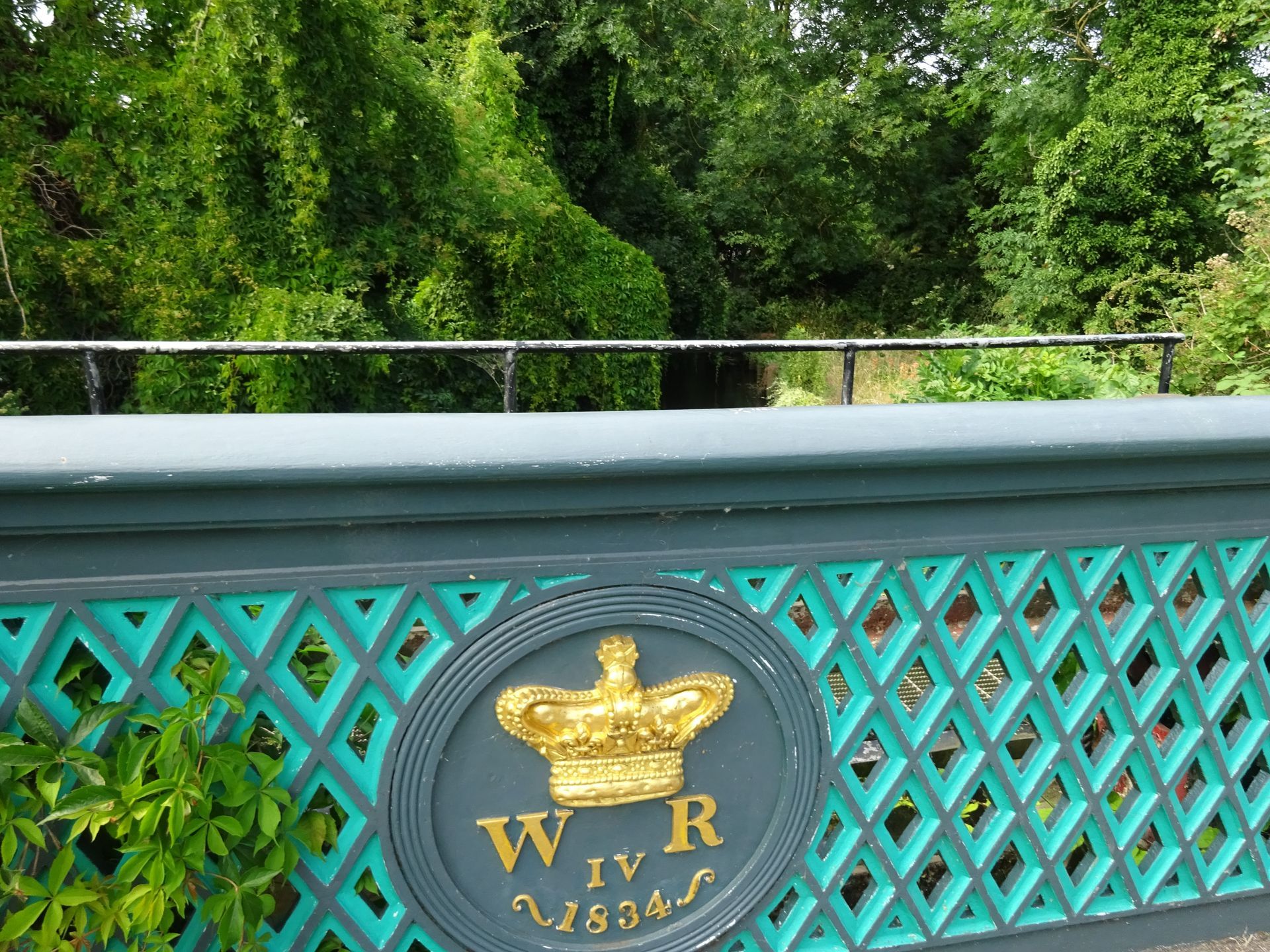The Hunt family of Manor Farm and Heathrow Farm,
Harmondsworth, Middlesex.
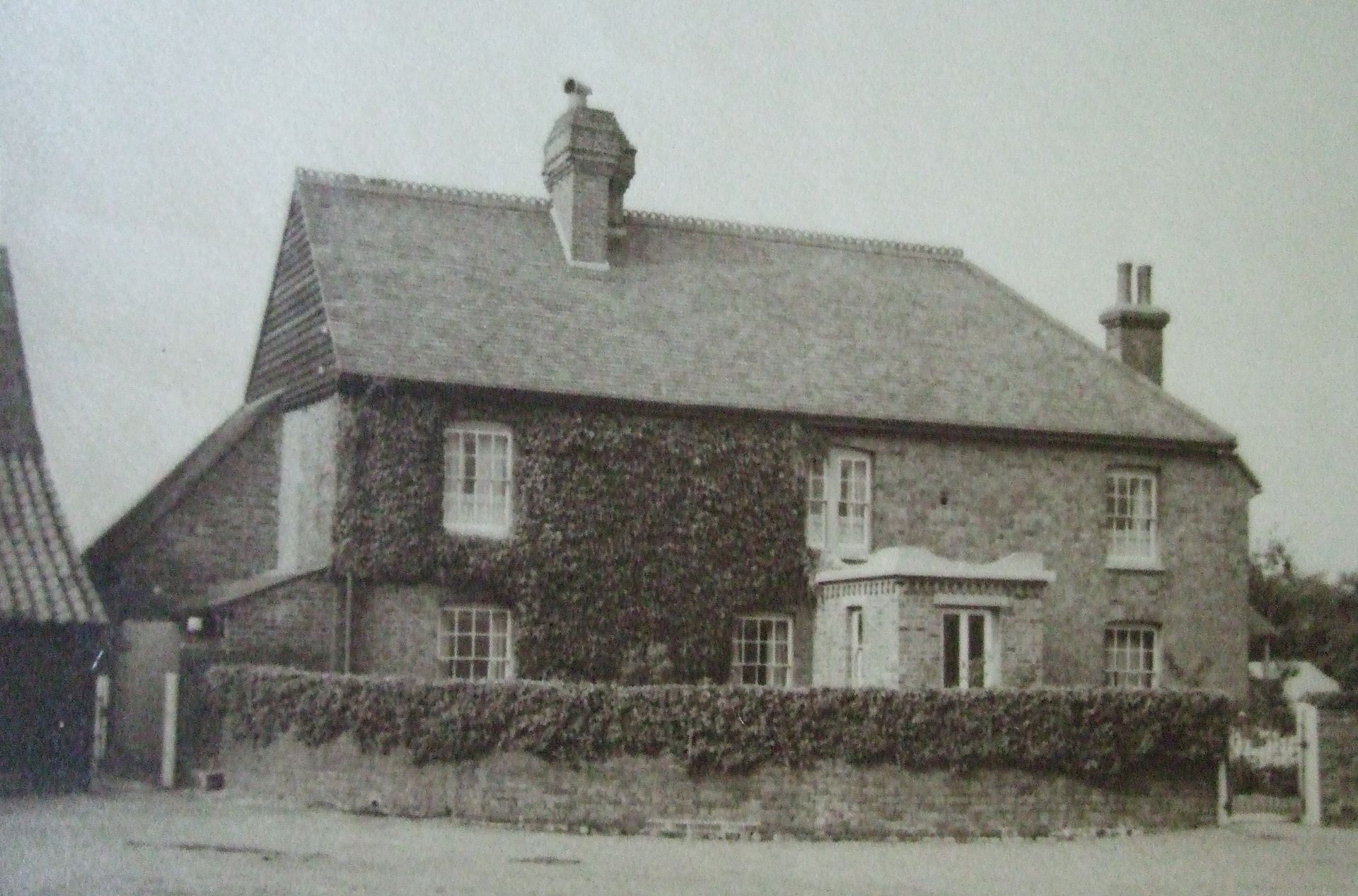
Heathrow Farm 1936 (now under Terminal 3).
I first came across the Hunt family when I was researching the farming community of Heathrow. In the 1910 Valuation Survey book, at the National Archives, it showed that Heathrow Farm (now under Terminal 3) was being farmed by W.J. Curtis and his family, but it was part-owned by another man called Hunt.[1] This led me to include the Hunt family in my research about Harmondsworth. I found extensive records about the family in both the National Archives and the Metropolitan Archives in London. I traced Frederic Hunt, in 1911, to Burford House, Caversham, Berkshire where he had been living and working as a private secretary. Why was he there when he was once a major farmer in Harmondsworth?
The Hunt family inherited land from the Atlee family with whom they intermarried. I have found it impossible to create an exact Atlee family tree. Each generation had several sons, many of them called their son, John, and each son went into business either in London or in farming. They acquired property in Hillingdon, Ickenham, Harmondsworth, Harlington and Ealing. Even up to the twentieth century there were various John Attlee’s in Hounslow, Hammersmith, Heston and spread around West London.
In 1666 both the Hunt family and the Atlee family were paying Hearth Tax in Harmondsworth. In the seventeenth century Heathrow Farm was in the possession of the Atlee family. From wills, I have found a John Atlee with land at Heathrow who died in 1674 and who left it to his son of the same name. Two years later another John Atlee died and wrote a will leaving all the Heathrow property to his wife in her lifetime. The next will that specifically mentions Heathrow Farm is that of another John Atlee who died in 1762. He left the farm to his son, John Atlee, but by then his daughter had married John Hunt in 1758.[2]
From 1781 a John Atlee was farming Manor Farm in Harmondsworth for absentee landlord, John Powell, and he remained there until his death in 1801. It was the largest farm in the Parish and therefore the largest employer. He left most of his land to his son of the same name who was farming his Harlington land and the tenancy of Manor Farm at Harmondsworth he left to John Hunt. John Hunt’s son, Atlee Hunt, was already running Heathrow Farm and later added the tenancy of Manor Farm to his land holdings when his father died. Although Atlee Hunt and his wife, Maria, had six sons and five daughters not all the sons enjoyed the farming life. The Hunts, like most of the farmers of Harmondsworth and Harlington, were Baptists. Therefore the children were expected to marry into other Baptists families, which restricted their choices. The eldest son, John Atlee Hunt, married a Eliza Pewtress from St. Pancras and for a while was farming in Harmondsworth, but by 1851 he had moved to London and was running a boarding house. His father did not leave him a bequest in his will so we assume he received a sum of money to set himself up in business in his father’s lifetime. Atlee Hunt had given his second son, Josiah, a farm in Uxbridge Road, Hayes. The third son Benjamin was “afflicted” and was supported throughout his 69 years by his brothers and sisters. The fourth son, Samuel, was destined to take his father’s place as tenant of Manor Farm and owner of Heathrow Farm. He was 32 when his father died, and although his mother took over the running of the farm, she needed Samuel’s help, until her death in 1848. That was also the year his first son, Frederic, was born. Samuel had married Caroline Tillyer, from another Baptist Harmondsworth farming family, in 1845 at the age of 41. The year after Frederic was born another son, Samuel Charles, was born, followed by a sister, Caroline, and a brother Edward who was only eight when his mother died in 1868. Another son, Josiah was born in 1852, but died aged 14 and two other children died in infancy.
In 1871 Samuel Hunt of Manor Farm was farming 276 acres, but this was the decade that the agricultural industry was beginning to go into a depression. Samuel had been widowed in 1868 and by 1881 had retired from running the farm. He was still living in the farmhouse with his son Frederic who now had the full responsibility for the farm and was changing the type of crops he grew to be able to ride out the slump in wheat sales. Frederic was 33 and unmarried. His brother Samuel Charles, a year younger than Frederic, had been helping on the farm, but had married a London girl in 1874 and had left the farm. In the 1881 census Samuel Charles and his family were living in Egham where he was working for the local council. He rather bitterly, adds his occupation as “formerly farmer – given up by loss”. It is not clear whether the “loss” is due to the farm being unable to earn enough for him to support his wife, or whether he had married outside the Baptist faith and therefore was now considered an outsider to the family. Whatever the reason there was some residual tension within the family as illustrated in subsequent wills.
Frederic had been so busy running the farm that he didn’t have time to marry until 1883 when he was 35. His bride was Florence Ward of Stanwell and he brought her home to Manor Farm where they lived with his widowed father. Samuel Hunt, died in 1885 aged 81. I have tried many archives and repositories, but have been unable to find his will. Heathrow Farm was put up for auction soon after. This is when W.J. Curtis and Frederic Hunt decided to buy the farm as a joint enterprise. Frederic struggled on at Manor Farm, but in 1896 Frederic held an auction at Manor Farm selling 120 items of Live and Dead farm stock, and furniture, because he was “giving up farming”.[3] In the same year Frederic gave up his lease and handed Manor Farm back to the absentee landlord, Percy H.G. Powell-Cotton.[4]
Frederic was active in the community. He was Chairman of the School Board.[5] He was the Secretary of the Harmondsworth branch of the Young Men’s Christion Association. He was also quite vocal in his political views. He spoke at the National Farmers Club in London in 1883 on the proposed Agricultural Holdings bill. As a member of the National Council of the YMCA he would travel all over the country to attend to meetings giving passionate and “pithy” speeches in order to expand the reach of the Association to all towns and villages and raising funds to send missionaries to China.[6] One of these missionaries was his brother Edward, who was by now a solicitor in Uxbridge. Before Edward left he gave a speech, with other departing missionaries, at a multi-denomination church meeting in Uxbridge explaining his calling to give up his comfortable lifestyle for this voluntary work in China.[7] At the age of 28 he boarded a ship on 29 November 1888 for a six week voyage to Shanghai.[8] Before he left he wrote his will. I read this will in the Metropolitan Archives and inside the document was a sealed envelope. I asked if I could open it and a conservator unsealed it for me. I was the first to read the contents since 9 July 1888. This is what it said, “With regard to my bequest for the benefit of my brother Samuel Charles’ family I wish that the income only be given to him unless there is a special emergency such as him emigrating when all the funds can be released. Strongly wish that no capital be used to set him up in business where he is his own master. I also wish that his boys be brought up to learn some handicraft and that capital can be freely used to obtain this end, but not to put them into professions unless my trustees think they are specially suited to them”.
Edward met and married Alice Whitford whilst in China and they were married in the Cathedral in Shanghai in 1894. Three years later Edward, with his wife, returned to England where they toured the country promoting the work of the China Inland Mission and their 600 missionaries. [9] They would give speeches dressed in chinese robes to church groups, about their work at a mission in Gan-King province.[10] Throughout their service in China they sent regular reports back to England. These are now held in the University of Birmingham.
In 1900, at the time of the Boxer rebellion, the Hunts were back in China. The uprising against missionaries and ‘foreign’ interference in Chinese affairs was savage. The China Inland Mission lost 58 adults and 21 children who were killed when several mission bases were destroyed. [11] The Hunts managed to flee to the safety of Shanghai.[12] In 1907 Edward wrote about the success of the Christian movement post-Rebellion: “We have 1,500 regular attendants at our services" [in Zhejiang province].[13] In April 1918 They went from Hong Kong to Vancouver in Canada having travelled there from Yokohama, Japan. And arrived in Liverpool in February 1919. Edward was now ordained, but Harmondsworth was no longer home for Edward and on the passenger list they put their English address as the China Mission House, Newington Green (now used as student accommodation). [14] The England they saw on arrival was very different from the one they left before the war. The first World War had changed Britain from an agricultural based society to industrial. Motor transport and aircraft were now the norm. On their immigration form they had stated that they had intended to stay in England. They were both in their fifties and due for retirement as missionaries, but by August 1919 they were on a ship back to Canada and onward journey to China.[15] Both died in China in 1922. Edward Hunt died on 12 February and his wife seven weeks earlier. Both had written new, identical, wills in 1909 . By this time it seems Samuel Charles has been forgiven and he received equal amounts with his brother and sister, and all the nephews received £50 each, whilst the nieces share the residue. Edward had grown up a farmer’s son, but also a Baptist’s son and he made the latter vocation his life’s work. His brother Samuel Charles died later in 1922 and Frederic at a later date. None of them returned to farming or to Harmondsworth.
[1] The National Archives’ reference PROB IR58/39632
[2] The National Archives' reference PROB 11/875/454
[3] Middlesex Chronicle 29/8/1896
[4] The Institute of Heraldic and Genealogical Studies 134.1960
[5] Edinburgh Evening News - Wednesday 18 February 1885
[6] Reading Mercury - Saturday 10 November 1888
[7] Middlesex & Surrey Express - Saturday 24 November 1888
[8] London Metropolitan Archives ACC/0538/2ND DEP/1864
[9] Hastings & St. Leonards Times - Saturday 13 February 1897
[10] Berkshire Chronicle - Saturday 17 April 1897
[11] Wikipedia. “Boxer Rebellion”
[12] Liverpool Daily Post - Tuesday 24 July 1900
[13] London and China Telegraph - Monday 23 September 1907. Edward Hunt, "Encouragements, Difficulties, Needs, at Wen-chow," China's Millions (June 1907), p. 95.
[14] Dover Express - Friday 04 July 1919
[15] Ancestry.
Read more about the social history of Longford and Harmondsworth in: "Longford: A Village in Limbo" by Wendy Tibbitts.
For a “Look Inside” option for this book go to
